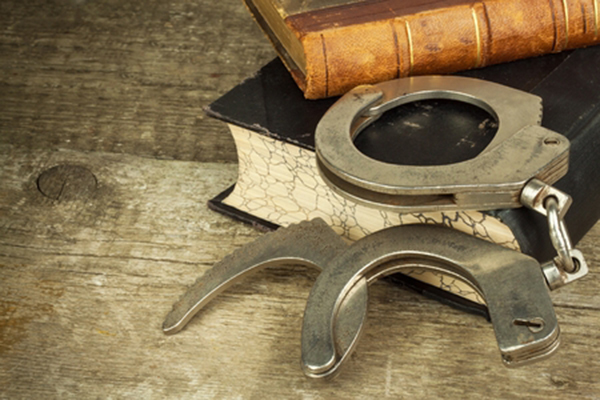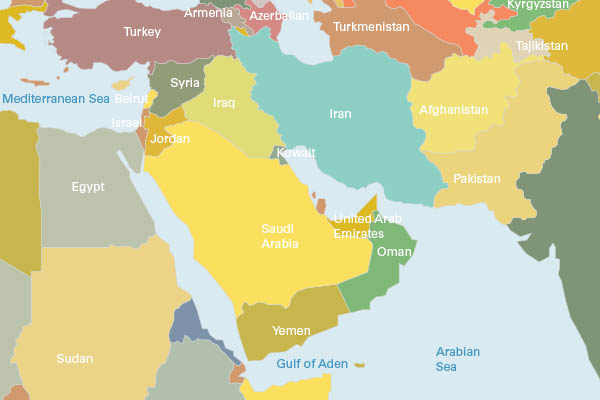JERUSALEM — Sixty years after the discovery of the Dead Sea Scrolls, Israeli authorities have begun the process of conserving the precious pieces of ancient parchment through digital technology.
Israeli archaeologists said the project, now in its pilot stage, will employ the latest digital camera technology to image the thousands of fragments discovered in the late 1940s. The goal is to better preserve the brittle 2,000-year-old parchments and create an Internet databank accessible to everyone.
Buried deep inside caves in the blisteringly hot, dry Judean Desert for two millennia, the scrolls — which include the oldest written record of the Old Testament ever found — were discovered by Bedouin shepherds. Since then, scientists all over the world have worked to decipher the few intact scrolls and thousands of scroll fragments. So far, they have identified about 900 distinct manuscripts.
Imaging the scrolls in color and infrared will allow scholars to read scroll fragments not visible to the naked eye, said the Israel Antiquities Authority. The preservation project is drawing on the expertise of imaging and database experts, including Greg Bearman, who was until recently the principal scientist at NASA’s jet propulsion laboratory.




Share with others: